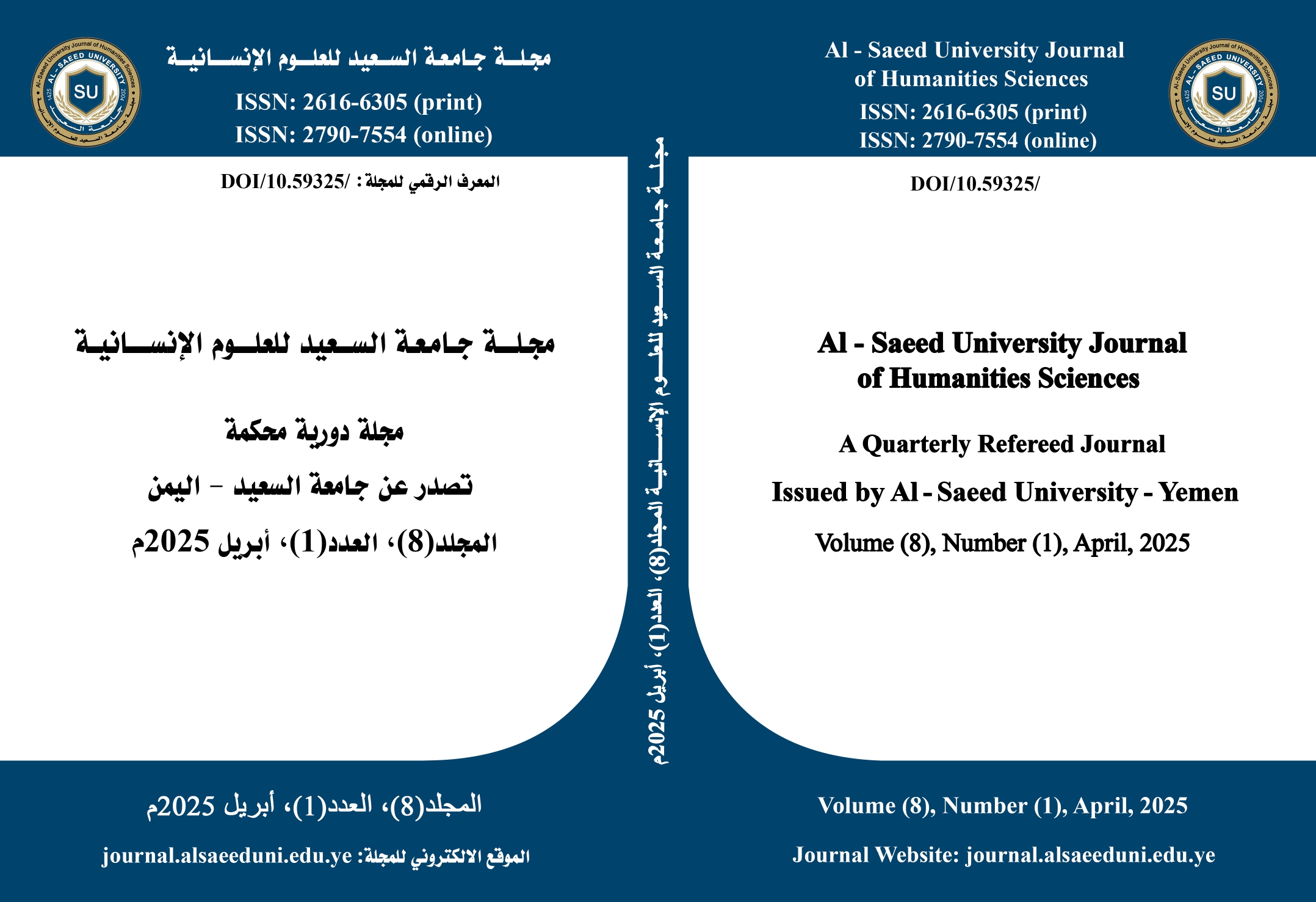Developing the Function of Community Service in Yemeni Universities through Interdisciplinary Studies Approach
DOI:
https://doi.org/10.59325/sjhas.v8i1.253Keywords:
Community Service Function, Yemeni Universities, Interdisciplinary Studies ApproachAbstract
This study aims to examine the current state of community service in Yemeni Universities and propose its development through an Interdisciplinary Studies Approach, recognized as both a modern trend and a contemporary necessity. The study adopts a descriptive, analytical, and developmental methodology.
Based on a review of related studies and a SWOT analysis of the internal and external factors affecting this function—identifying strengths, weaknesses, opportunities, and threats—the findings reveal that community service in Yemeni universities falls below the required standards. It does not align with the educational objectives outlined in the Yemeni Universities Law and its implementing regulations. This shortfall is attributed to several challenges, including administrative, legislative, financial, and academic constraints, as well as a lack of responsiveness to labor market demands and the needs of professional and scientific institutions.
In response, the researchers propose a strategic vision for enhancing the role of community service in Yemeni Universities, focusing on:
- Updating relevant laws and regulations.
- Introducing flexible, interdisciplinary university programs and specializations.
- Expanding educational and training opportunities through initiatives such as open universities, e-learning, and distance education.
- Promoting continuous education and training through interdisciplinary programs, Specializations, and activities.
- Enhancing interdisciplinary research and initiatives to address existing gaps in community service functions.
The study concludes by recommending the adoption of this proposed vision and the assessment of its outcomes.
Downloads
Published
How to Cite
Issue
Section
License
Copyright (c) 2025 فضل عبدالله علي عون ، عدنان طه علي الجابري ، أحمد غالب الهبوب

This work is licensed under a Creative Commons Attribution 4.0 International License.
copyright is retained by the authors. Articles are licensed under an open access Creative Commons CC BY 4.0 license, meaning that anyone may download and read the paper for free. In addition, the article may be reused and quoted provided that the original published version is cited. These conditions allow for maximum use and exposure of the work.



